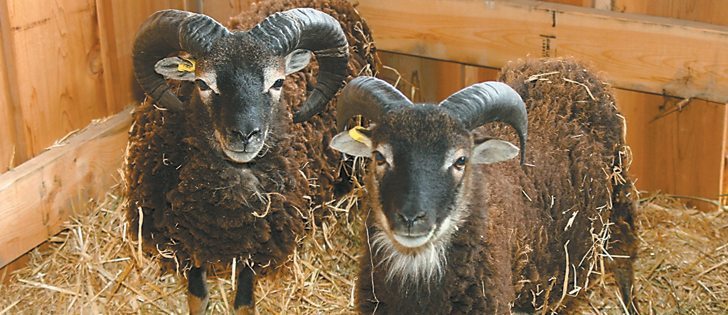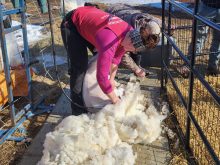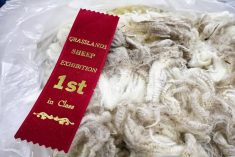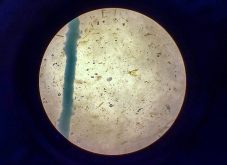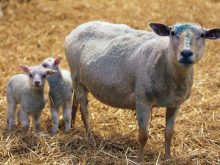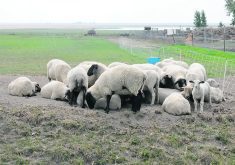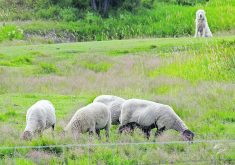Soay sheep | B.C. breeder building a flock of sheep originally from northern Scotland
BARRIERE, B.C. — Erin Wilson feels a special affinity with an ancient breed of sheep.
The Soay, with their brown woolly fleeces and curving horns, have lived in northern Scotland for centuries. Wilson’s ancestors tended those sheep, and she is now striving to build a breeding flock of this rare breed at her farm near Burns Lake, B.C.
“Ever since I can remember, I have been interested in preserving animals that are disappearing,” said Wilson, who brought some of her flock to the All Canada Sheep Classic in Barriere at the end of June.
Read Also
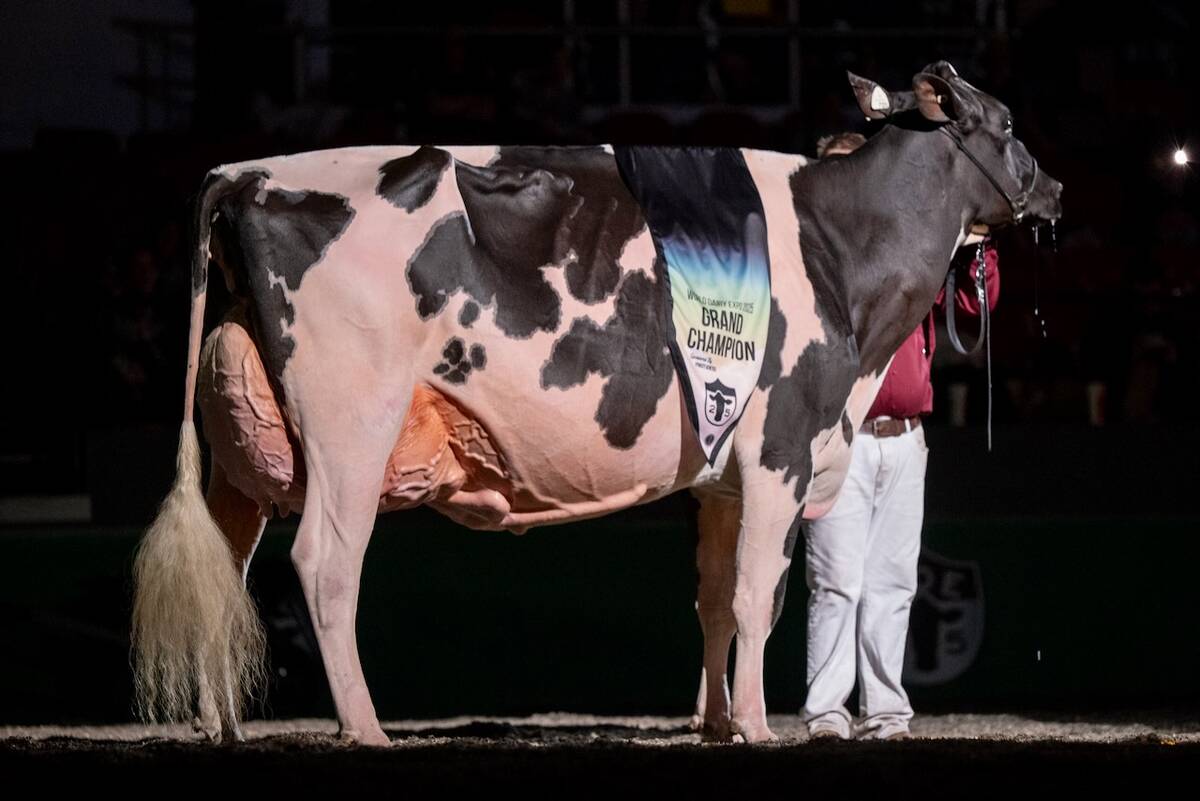
Canadian-bred cow wins World Dairy Expo Holstein show
A cow bred in Saskatchewan, Lovhill Sidekick Kandy Cane, is the Grand Champion Holstein at the 2025 World Dairy Expo.
The sheep are a primitive breed and still retain some of their feral qualities. Although the rams circle Wilson when she offers a bucket of barley, the others are shy and prefer to avoid visitors.
She has 15 breeding ewes, 16 lambs, seven rams and seven yearling ewes, which she registers with the British Soay Sheep Society.
An estimated 2,000 Soay live in North America with most being in the United States. She imported hers five years ago from breeders in Oregon and Washington.
“It is hard to build up a flock because there are not the ewes available,” she said.
Wilson wants to build her flock to a size where she can offer breeding groups for sale. The ewes usually deliver one lamb, but twins are possible.
“If the flock is unstressed and everybody is healthy, you will see more twins,” she said.
Her sheep graze on 80 acres, and she rarely supplements their diets.
“They don’t take grain or alfalfa pellets well. It is not natural to them,” she said.
The breed is considered endangered in Great Britain. The University of Edinburgh and the Imperial College in London started the St. Kilda Soay Sheep Project to preserve the breed and trace its genetic heritage.
They are similar in type to the mouflon seen in the wild in Corsica , Sardinia and Cyprus.
The fleece is fine and is shed in the spring rather than being shorn. It produces good yarn.
No one is sure how they ended up in northern Scotland, but researchers believe they were there before the Roman occupation.
To preserve the breed, more than 100 were removed from their island home of Soay in 1932 and released on Herat, which is one of the islands of the St. Kilda group.


